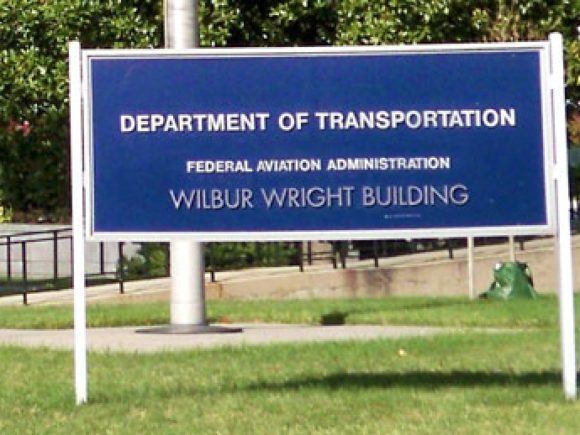There are claims every year about who’s the biggest in the business. Since everyone wants to be a winner, there are winners by category like orders and deliveries.
But we think, perhaps, the way to look at this question is by the active commercial fleet size. Moreover, rather than looking at each year, how about looking over time?
The chart below shows that, unequivocally, Boeing has been the top dog for a long time. Unless something changes radically in the near future, this is unlikely to change. Airbus has closed the gap considerably since 2005 though. Next, we can see that Bombardier and Embraer are neck and neck.
Taking a different view of the market we get the following chart. With fewer OEMs and showing numbers, we can get a sense of the gaps between the biggest vendors. Airbus was 22% behind Boeing as of 3Q17 and was 55% behind in 2005. Aircraft are long-term assets that seem to last for longer than anyone expected. There could be an argument that aircraft are “overbuilt”. Were they not so robust, the market would have a faster replacement cycle. This could make changes in OEM market share come faster.
The gap between Bombardier and Embraer is much tighter – Bombardier is only 142 ahead. This is the far more interesting race to watch. Bombardier markets six models to Embraer’s three, yet Embraer is closing the gap. Together, Airbus, Boeing, Bombardier and Embraer accounted for 89% of the fleet in 3Q17.
Overall, the story here is that the industry has seen growth every year. Even as some OEMs have left the industry and a few have entered. Those which left take a while to see their aircraft disappear. Those that enter also see a long while to gain traction. The active fleet saw a growth of over 82% between 2000 and 3Q17. This despite regular exogenous shocks like SARS, wars, and spikes in oil prices. It is a remarkably stable industry even though it is hit regularly by all manner of shocks.
Co-Founder AirInsight. My previous life includes stints at Shell South Africa, CIC Research, and PA Consulting. Got bitten by the aviation bug and ended up an Avgeek. Then the data bug got me, making me a curious Avgeek seeking data-driven logic. Also, I appreciate conversations with smart people from whom I learn so much. Summary: I am very fortunate to work with and converse with great people.







